READY TO GET STARTED?
REQUEST A FREE ESTIMATE
Fill out the form below or call (888) 466-7849 for a free, no-obligation estimate.
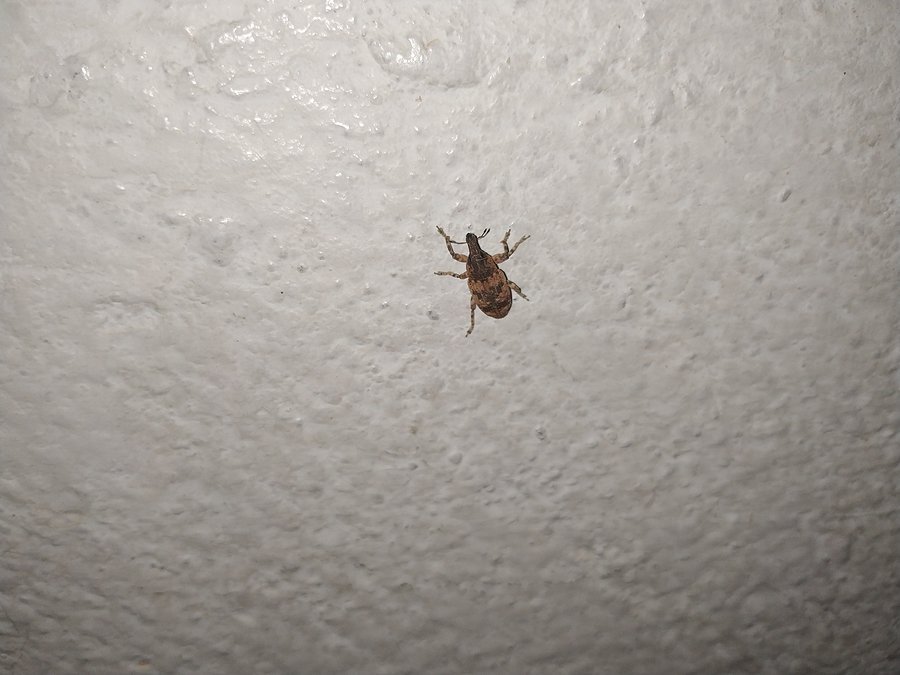
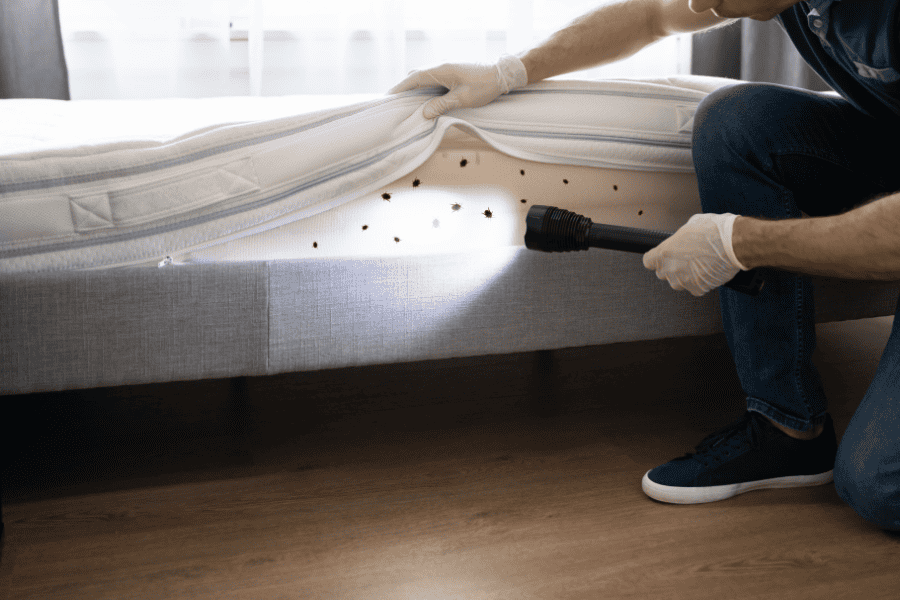
Bed bugs are the unwelcome guests that can ruin your sleep and take over your home. These tiny, apple seed shaped insects can easily infest your home without warning by hitchhiking via your luggage or other personal belongings. To help you prevent bed bugs, let’s go over the common signs of bed bugs and how to effectively manage them as pests.
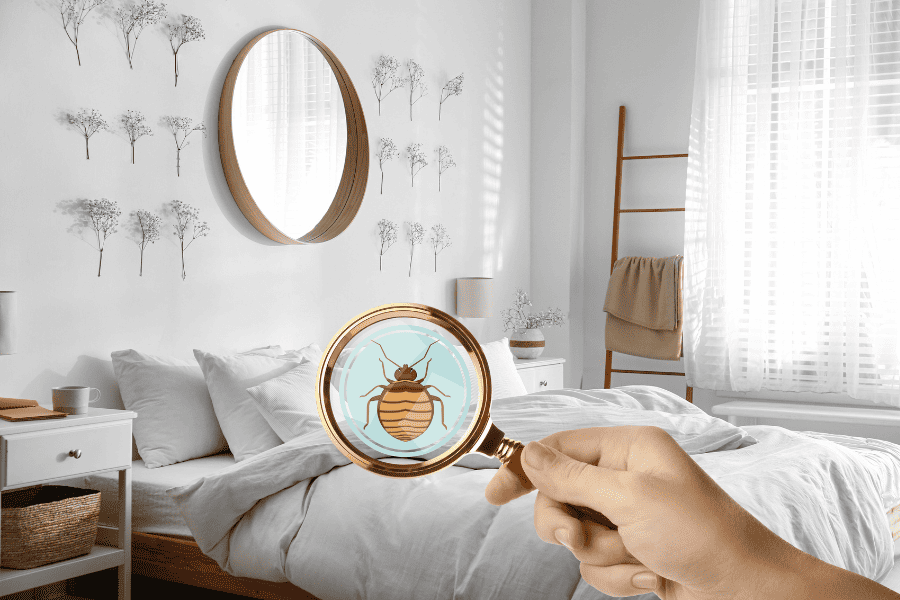
Traveling for the holidays, staying at hotels, and visiting family are all opportunities for bed bugs to hitchhike through your luggage and make their way into your home! These invasive pests will go undetected for long periods, reproducing quickly, and causing a full-blown infestation. One of the best ways to avoid bed bugs inside your home is to prevent them in the first place.
While packing for your trip, consider utilizing plastic bags to pack your clothes, shoes, and other personal items to help prevent bed bugs that climb into your suitcase. Before booking your hotel room, look up the bed bug registry. Once you get to your hotel room or Airbnb, inspect the room for signs of bed bugs, including small, dark spots, bloodstains, or bed bug skins. Try to avoid placing your luggage on the bed or floor, instead, place it on tile floors, in a closet, even in showers or tubs, and keep it away from the walls and any wooden furniture.
Once you return home from a trip, unpack your items outside instead of inside your home. Look to unpack your clothes and personal items outside, and wash them immediately through a high-heat dryer cycle as bed bugs cannot withstand high temperatures. If you’ve recently purchased secondhand furniture, groceries, or have a delivery, make sure to always inspect them before bringing them inside.
If you’ve seen bed bug signs or a live bed bug, it’s important to act fast to eliminate them from your home. There are several do-it-yourself bed bug methods that you can utilize but having a professional provide you with an inspection and a bed bug treatment plan is usually best. These licensed professionals will give your home in in-depth inspection and a customized bed bug control plan, either a chemical or heat treatment, based on your pest situation. If you suspect a bed bug infestation, contact your Florida pest control company for more information.
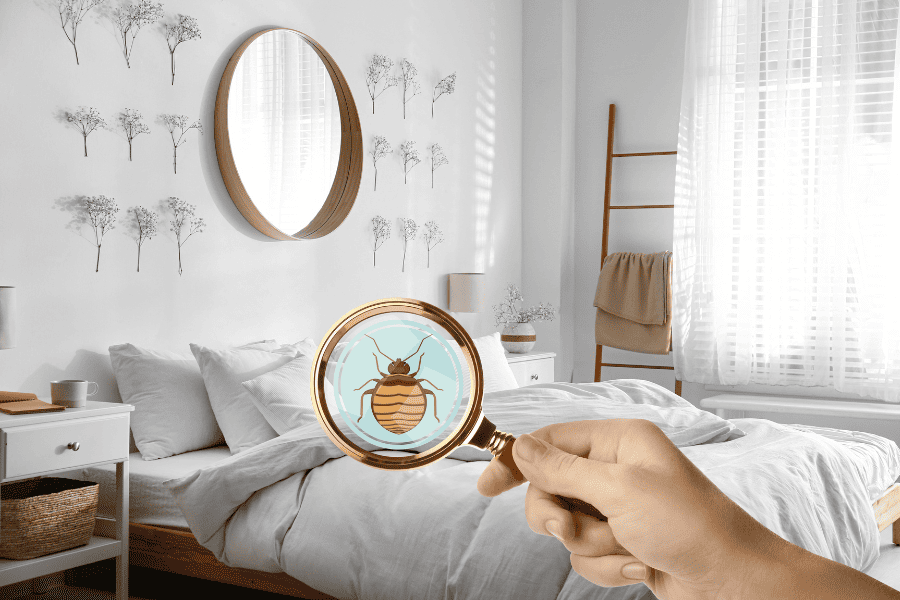
The holidays are quickly approaching, so we can all expect to see even more travel occur throughout the United States. While traveling can be stressful, it’s nothing compared to returning home and discovering you’ve brought bed bugs with you! We breakdown how you can eliminate the potential for bed bugs while traveling.
Bed bugs are found in many locations, including Airbnb’s, hotels, public transportation, public places, and even friends or family homes. It’s best to be mindful of where you place your belongings while traveling.
If you think you have brought bed bugs home with you from your travels, give your local Tennessee bed bug experts a call today for a personalized bed bug control plan and a free inspection!
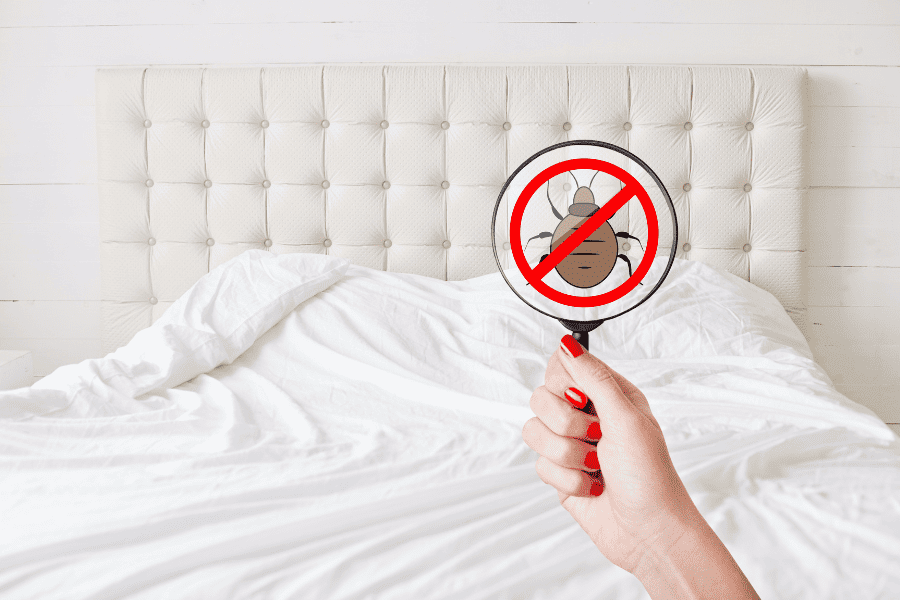
Bed bugs are tiny, invasive pests that can easily hitchhike a ride with you after traveling and infest your home. Bed bugs are notoriously difficult to get rid of once they’ve made themselves at home in your furniture, bedding, and even carpet. To avoid the headache and expense of a bed bug infestation, consider following these tips to prevent them after you’ve come home from traveling.
Upon your hotel arrival, consider inspecting your hotel for bed bugs and checking the bed bug registry before booking a room. After your stay, when packing up and leaving your hotel room, do a thorough inspection of all your items, including luggage, bags, and clothing you’ve traveled with. Check for any signs of bed bugs, such as live bugs, shed skins, and brown stains on the mattress or bedding. Pay close attention to the seams of your luggage, as bed bugs often hide in small crevices. If you find any evidence of bugs, throw out your luggage and purchase a new one or seal it in a plastic bag until you can properly treat it.
As soon as you get home from your trip, inspect and unpack your clothes outside instead of inside your home. After unpacking, wash all your clothes and bedding in hot water as soon as possible. Bed bugs cannot survive in temperatures above 120°F, so washing and drying your items in the hottest setting is one of the best ways to kill any hitchhiking bugs. If you cannot wash an item in hot water, seal it in a plastic bag and place it in the freezer for a few days to kill any bugs that could be hiding inside.
After unpacking and washing your clothes, it’s still important to inspect your home after a trip. Inspect the areas where you often store your luggage and clothing, such as closets, dressers, and bedside tables. Check for any signs of bed bugs.
Even if you take these precautions, bed bugs can still find their way into your home. Be vigilant and watch for any signs of bed bugs, such as bites on your skin, live bugs, or small bloodstains on your bedding. If you suspect that you have a bed bug infestation, it’s best to call your local pest control company for help. These bed bug experts will be able to provide you with a thorough inspection and a treatment and prevention plan.